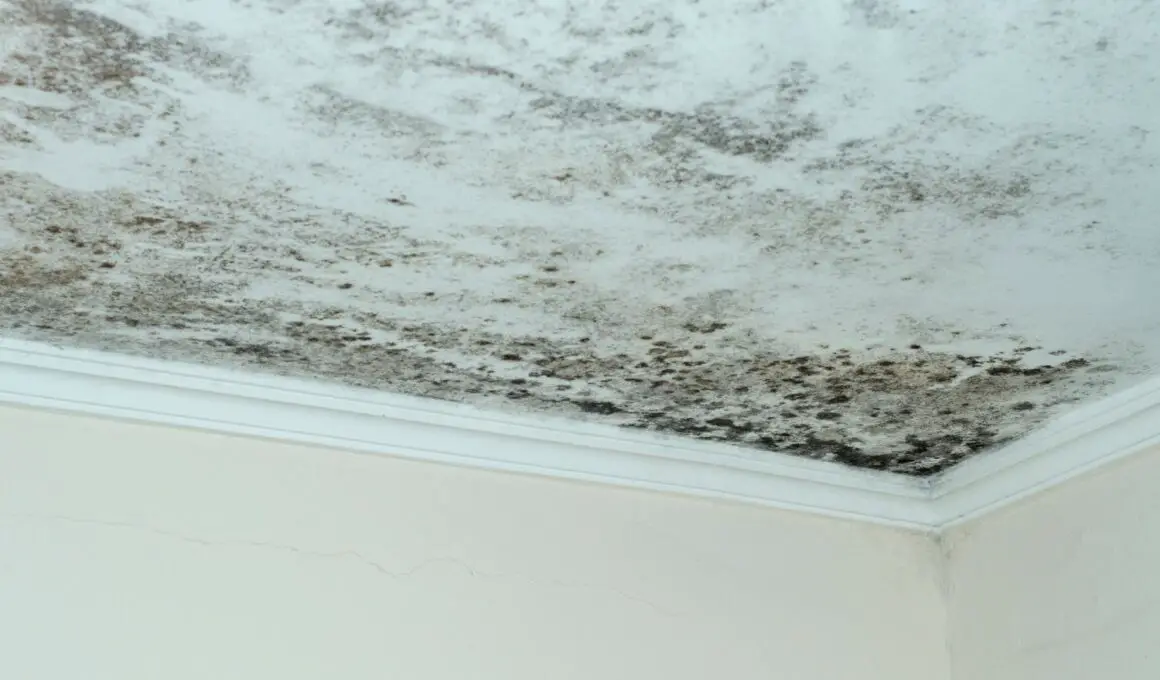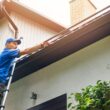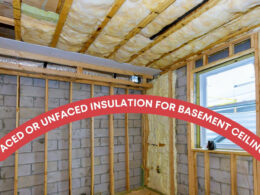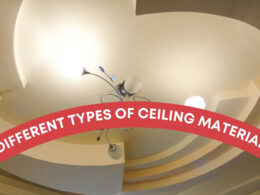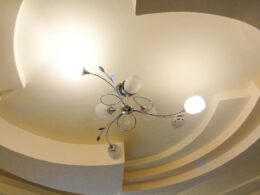Table of Contents Show
As a seasoned homeowner and contractor, I’ve encountered various challenges in maintaining homes, with one of the most common yet often overlooked issues being ceiling mold. Ceiling mold can be deceptive.
It often starts as a small patch but can quickly escalate into a significant health and safety issue if not addressed.
Through my years of experience in home renovations and repairs, I’ve learned that early detection and understanding of the risks associated with mold are key to maintaining a safe and healthy living environment.
In this article, we’re going to explore the crucial aspects of ceiling mold – from identifying its causes to understanding its potential health risks and discussing effective solutions. Whether you’re a new homeowner or have been in your residence for years, this guide will provide practical insights and advice to help you keep your home mold-free and safe.
Is Ceiling Mold Dangerous?
Yes, ceiling mold is dangerous. It poses significant health risks, particularly to those with allergies or respiratory issues. Mold spores can trigger allergic reactions and aggravate asthma and other respiratory conditions. Additionally, ceiling mold often indicates underlying moisture problems that can compromise the structural integrity of your home. It’s crucial to address mold issues promptly to ensure a safe and healthy living environment. Regular home inspections and proper ventilation are effective ways to prevent mold growth on ceilings.
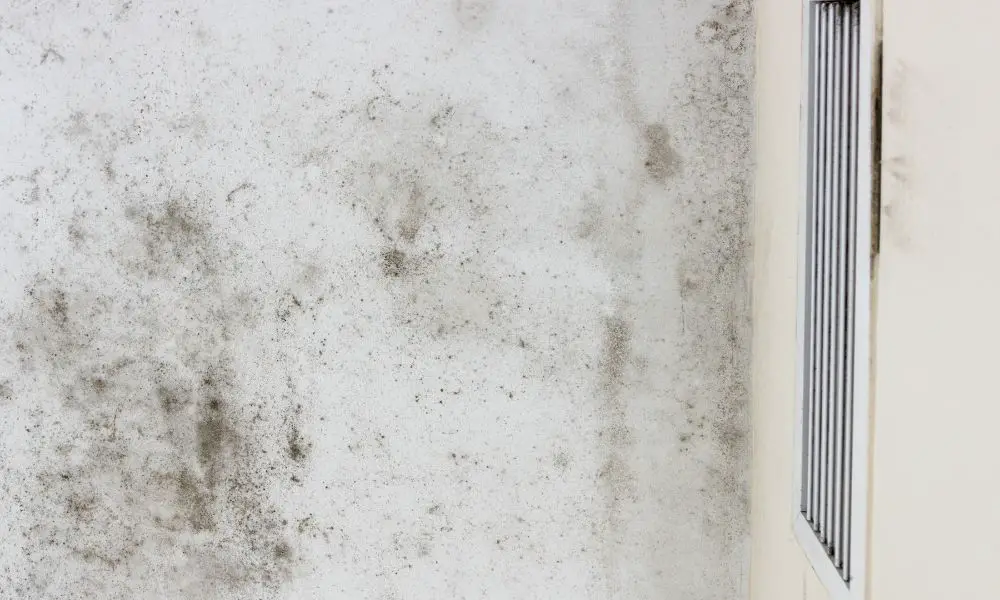
Causes of Ceiling Mold
Ceiling mold growth is primarily due to moisture accumulation, often stemming from various sources in homes. Here are the key causes:
1. Leaking Roofs
One of the most common contributors to ceiling mold is a leaky roof. Even minor leaks can allow enough moisture to seep in, creating an ideal environment for mold to flourish.
2. Poor Ventilation
Inadequate ventilation, especially in areas like bathrooms and kitchens, can lead to excessive humidity. This moisture-laden air rises to the ceiling, contributing to mold growth.
3. Condensation
During colder months, condensation can form on ceilings, particularly if there’s a significant temperature difference between the inside and outside. This moisture can encourage mold growth.
4. Plumbing Issue
Leaking pipes within walls or above ceilings can go unnoticed for long periods, providing a constant moisture source for mold.
5. Home Insulation Problems
Improper or insufficient insulation can lead to ‘cold spots’ on ceilings where condensation forms, making these areas prone to mold growth.
6. Flooding or Water Damage
Past flooding or water damage in a home can leave residual moisture, particularly if the cleanup is not thorough. This can lead to mold growth on ceilings and other surfaces.
Health Implications of Ceiling Mold
Ceiling mold can have several adverse effects on health, primarily due to the presence of mold spores in the air, which can degrade indoor air quality. Here are the key health concerns:
1. Allergic Reactions
Many individuals are allergic to mold spores. Exposure can lead to symptoms such as sneezing, runny nose, red eyes, and skin rash. People with mold allergies may experience more severe reactions when exposed to ceiling mold.
2. Respiratory Problems
Mold spores can irritate the airways, causing coughing, wheezing, and breathing difficulties. This is particularly concerning for people with chronic respiratory conditions like asthma, as mold exposure can exacerbate their symptoms.
3. Irritation
Even in non-allergic individuals, mold exposure can irritate the eyes, skin, nose, throat, and lungs. This can lead to discomfort and health issues, particularly with prolonged exposure.
4. Compromised Immune System
For those with weakened immune systems, such as the elderly, young children, and individuals with certain medical conditions, mold exposure can be more dangerous, potentially leading to more severe respiratory infections.
5. Long-Term Health Effects
Continuous exposure to mold spores over long periods can lead to more serious health issues, including the development of asthma in individuals who did not previously have it.
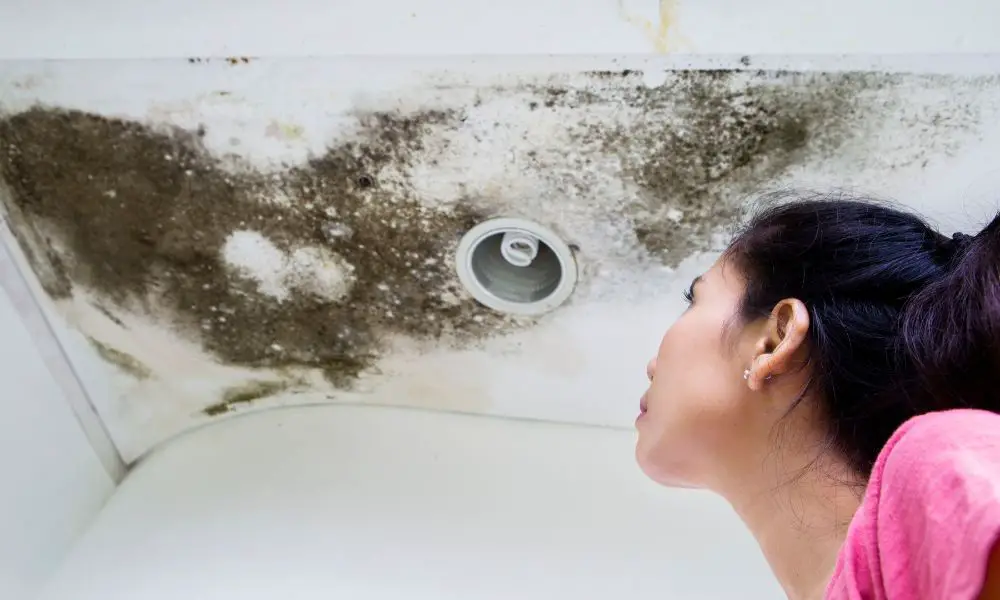
Identifying Ceiling Mold
Recognizing the presence of mold on your ceiling is crucial for maintaining a healthy living environment. Here are key pointers to help you identify ceiling mold:
1. Visual Signs
Mold often appears as irregular spots in shades of black, green, or white. On ceilings, these spots may form patterns or clusters, especially in corners or areas with higher moisture levels.
2. Musty Odor
A musty, earthy smell is a strong indicator of mold presence. If you notice such an odor in a room, it’s worth checking the ceiling for mold growth, especially if the room has had moisture problems.
3. Water Stains or Discoloration
Water stains or discoloration on the ceiling can be a precursor to mold growth. These areas should be monitored closely, especially after leaks or flooding.
4. Damp Texture
If parts of the ceiling feel damp or softer than other areas, this could signify underlying moisture problems, often leading to mold growth.
5. Health Symptoms
Unexplained allergic reactions or respiratory issues when in a specific room can indicate mold presence, even if it’s not visibly apparent.
6. Previous Water Damage
If your ceiling has had water damage in the past, there’s an increased risk of mold growth in those areas.
If you suspect mold on your ceiling, it’s often wise to conduct a thorough home inspection or consult a professional for mold detection and remediation. Early identification and treatment of mold can prevent health risks and more significant damage to your home.






